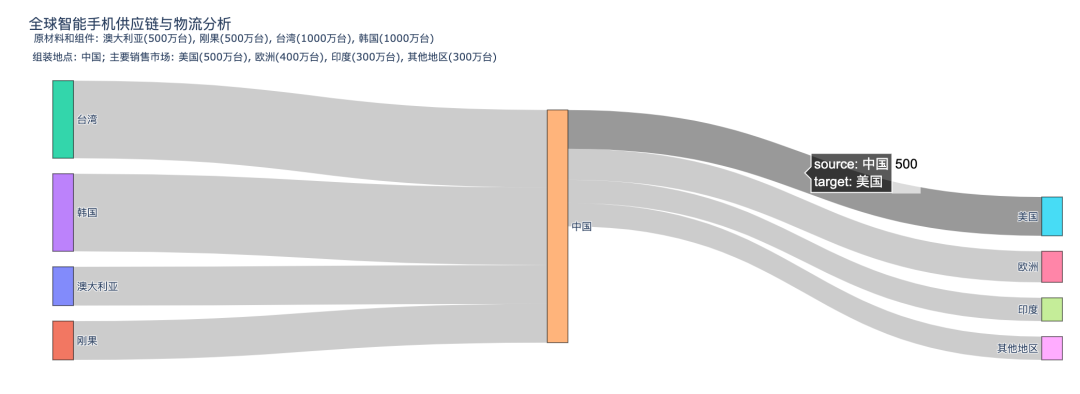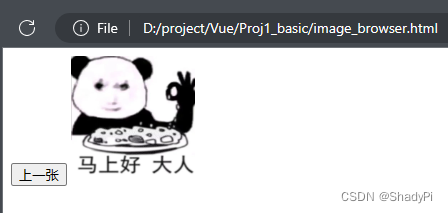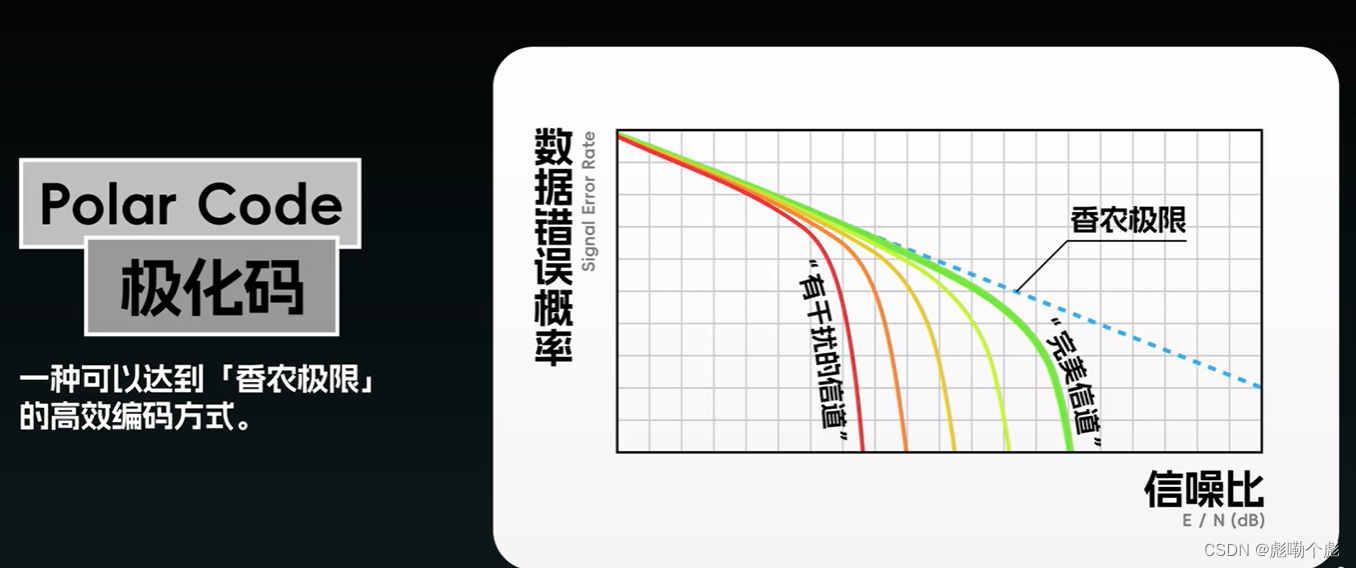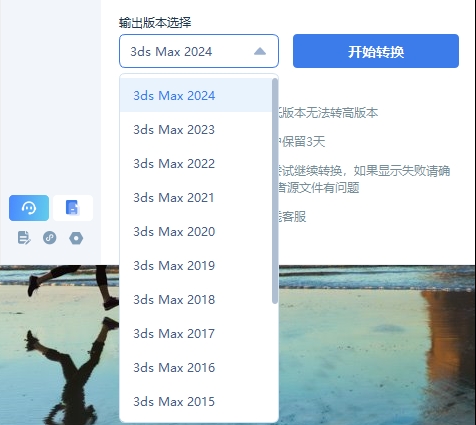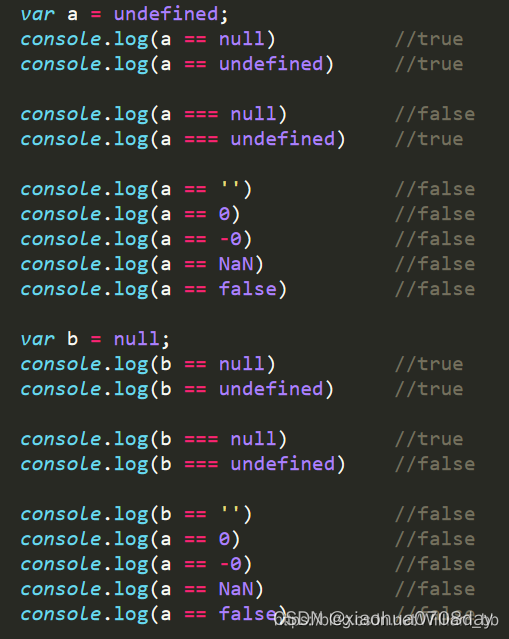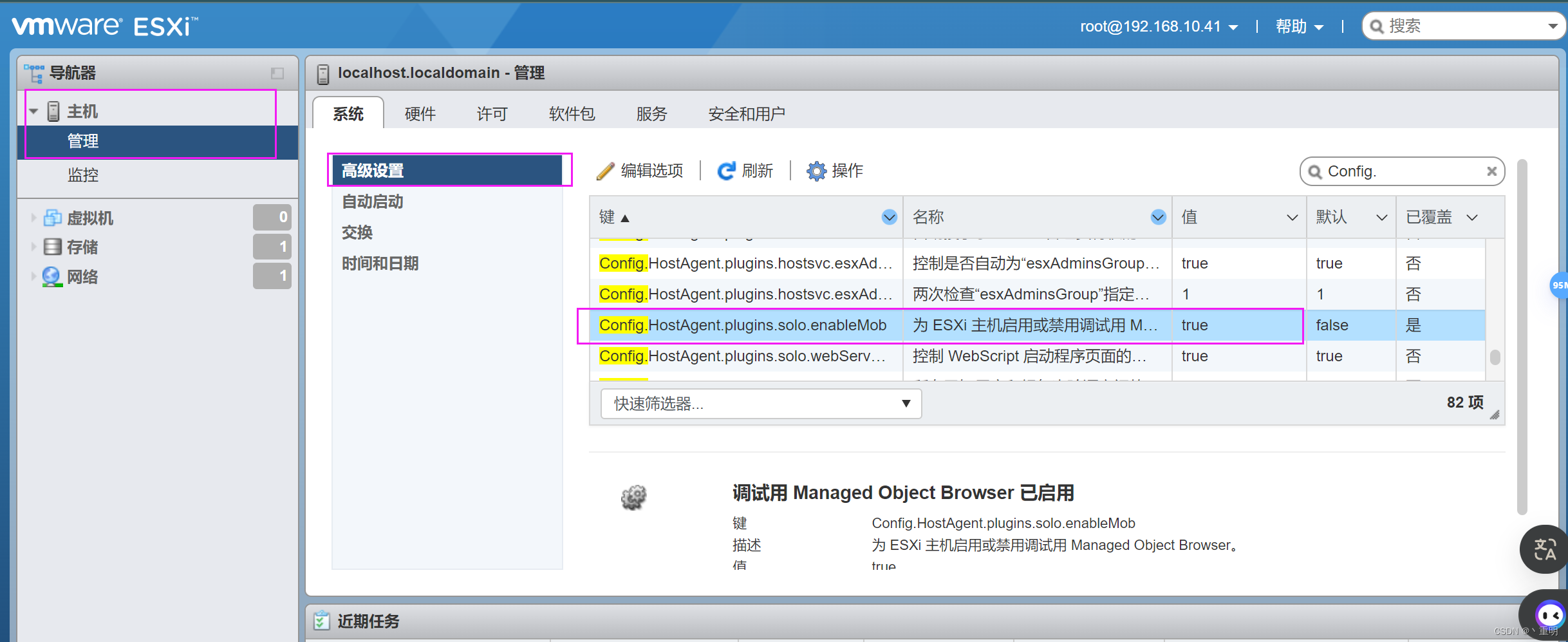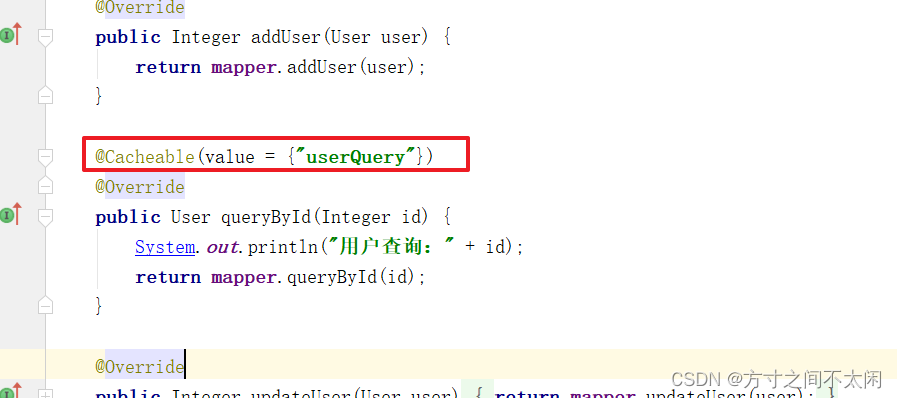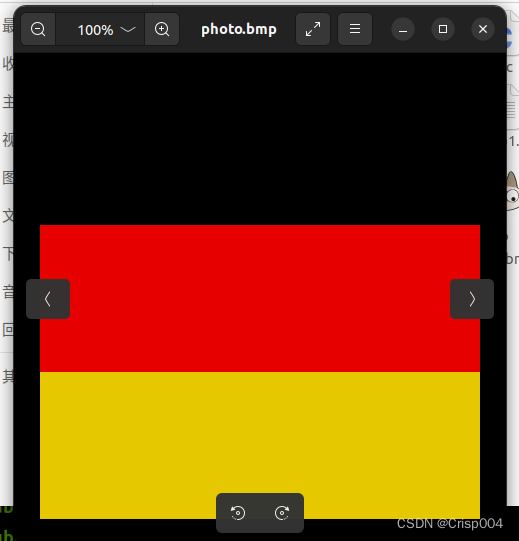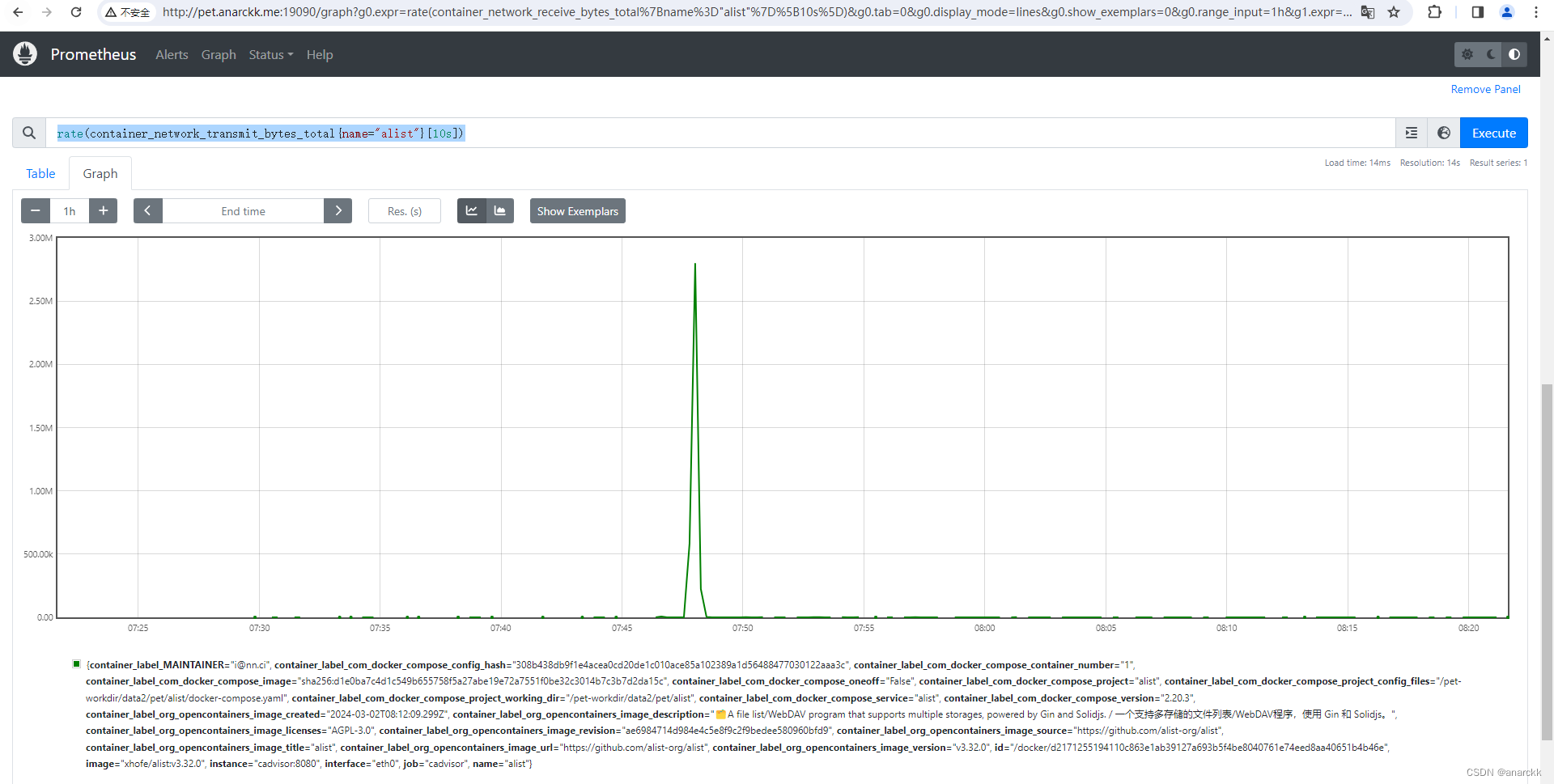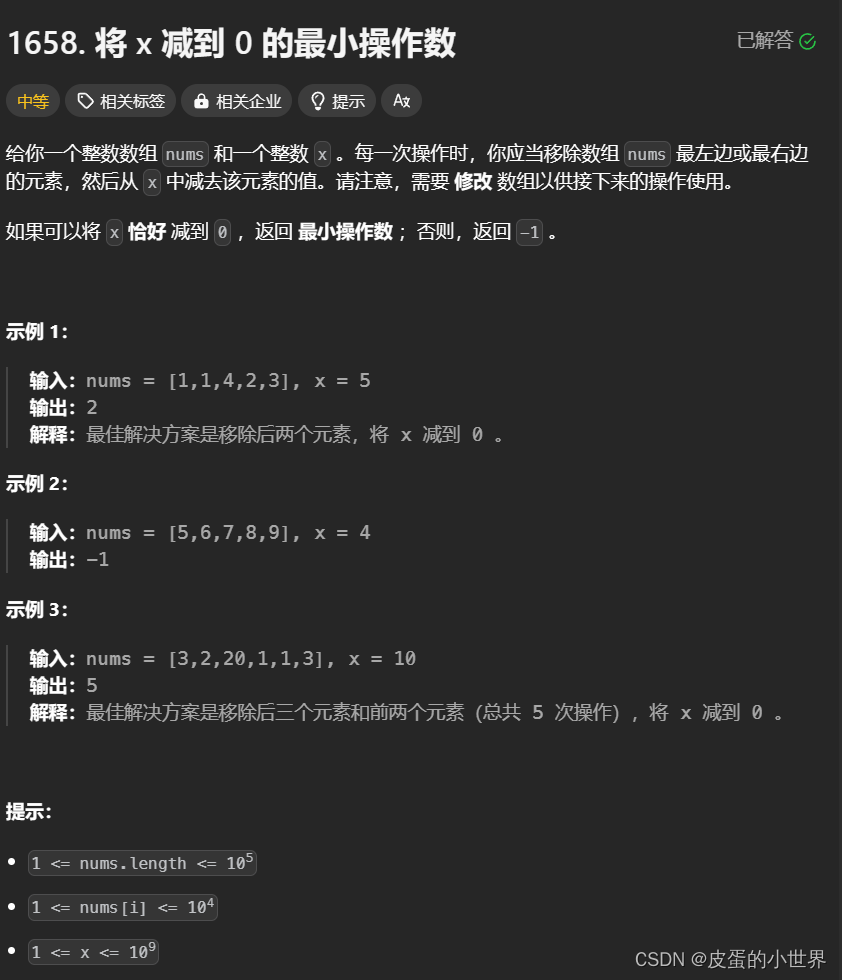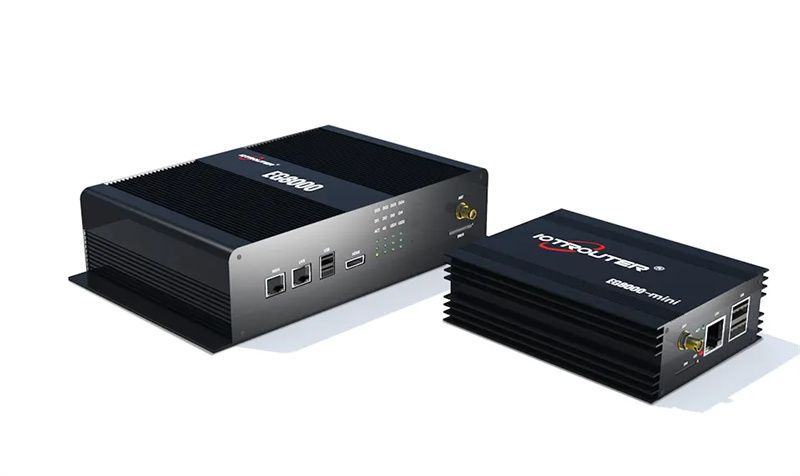文章目录
- C# 多线程
- 进程与线程
- 无参数的子线程
- 带参数的子线程
- 运行结果
- 销毁线程 Abort()
- 运行结果
- ThreadPool和Task
- 运行结果
C# 多线程
进程与线程
进程:进程就是一个应用程序,对电脑的各种资源的占用
线程:线程是程序执行的最小单位,任何操作都是线程完成的,线程依托进程存在的,一个进程可以有多个线程
无参数的子线程
public static void ChildThread1()
{
Console.WriteLine("Child thread1 is starts");
}
带参数的子线程
ChildThread2是带参数的子线程,所以要使用ParameterizedThreadStart类型的委托来指定子线程
如果使用的是不带参数的委托,不能使用带参数的Start方法运行线程,否则系统会抛出异常。
但使用带参数的委托,可以使用thread.Start()来运行线程,这时所传递的参数值为null。
特别注意:ParameterizedThreadStart委托的参数类型必须是object的
using System;
using System.Collections;
using System.Collections.Generic;
using System.Diagnostics;
using System.IO;
using System.Linq;
using System.Text;
using System.Threading;
using System.Threading.Tasks;
namespace ConsoleApp2
{
class Test
{
public static void ChildThread1()
{
Console.WriteLine("Child thread1 is starts");
}
//注意:ParameterizedThreadStart委托的参数类型必须是object的
public static void ChildThread2(object obj)
{
Console.WriteLine("Child thread2 is starts,the parameter is {0}", obj);
}
public static void Main()
{
ThreadStart thread1 = new ThreadStart(ChildThread1); //通过ThreadStart委托指定子线程的方法
ParameterizedThreadStart thread2 = new ParameterizedThreadStart(ChildThread2); //有参的委托
Console.WriteLine("MainThread:Creating the child thread1");
Console.WriteLine("MainThread:Creating the child thread2");
Thread childThread1 = new Thread(thread1); //创建子线程1
Thread childThread2 = new Thread(thread2);//创建子线程2
childThread1.Start(); //运行子线程1
childThread2.Start("子线程2的参数");//运行子线程2,传递参数,
//如果使用的是不带参数的委托,不能使用带参数的Start方法运行线程,否则系统会抛出异常。
//但使用带参数的委托,可以使用thread.Start()来运行线程,这时所传递的参数值为null。
Console.ReadKey();
}
}
}
运行结果
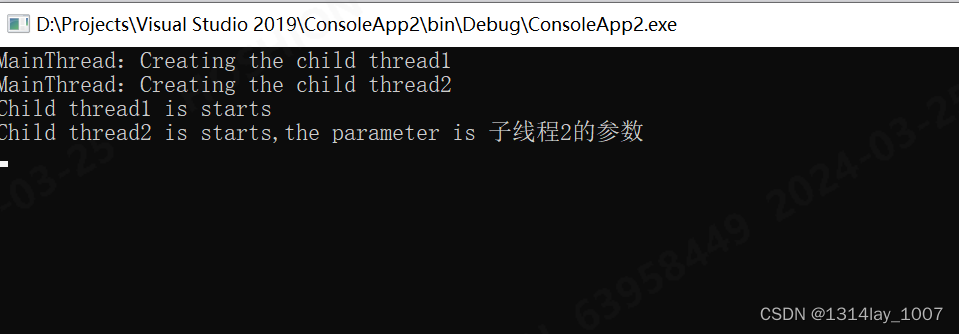
销毁线程 Abort()
使用Abort()中止子线程.
通过抛出 threadabortexception 在运行时中止线程。这个异常不能被捕获,如果有 finally 块,控制会被送至 finally 块。
using System;
using System.Collections;
using System.Collections.Generic;
using System.Diagnostics;
using System.IO;
using System.Linq;
using System.Text;
using System.Threading;
using System.Threading.Tasks;
namespace ConsoleApp2
{
class Test
{
public static void ChildThread1()
{
Console.WriteLine("Child thread1 is starts");
}
//注意:ParameterizedThreadStart委托的参数类型必须是object的
public static void ChildThread2(object obj)
{
Console.WriteLine("Child thread2 is starts,the parameter is {0}", obj);
}
public static void ChildThread3()
{
try
{
Console.WriteLine("Child thread3 starts");
for (int i = 0; i < 5; i++)
{
Thread.Sleep(100);
Console.WriteLine(i);
}
Console.WriteLine("Child Thread3 Completed");
}
catch (ThreadAbortException e)
{
Console.WriteLine("Thread Abort Exception");
}
finally
{
Console.WriteLine("Couldn't catch the thread Exception");
}
}
public static void Main()
{
ThreadStart thread3 = new ThreadStart(ChildThread3);
Console.WriteLine("MainThread:Creating the child thread3");
Thread thread = new Thread(thread3);
thread.Start();
//停止主线程1000
Thread.Sleep(2000);
Console.WriteLine("In Main: Aborting the Child thread");
thread.Abort();
Console.ReadKey();
}
}
}
运行结果
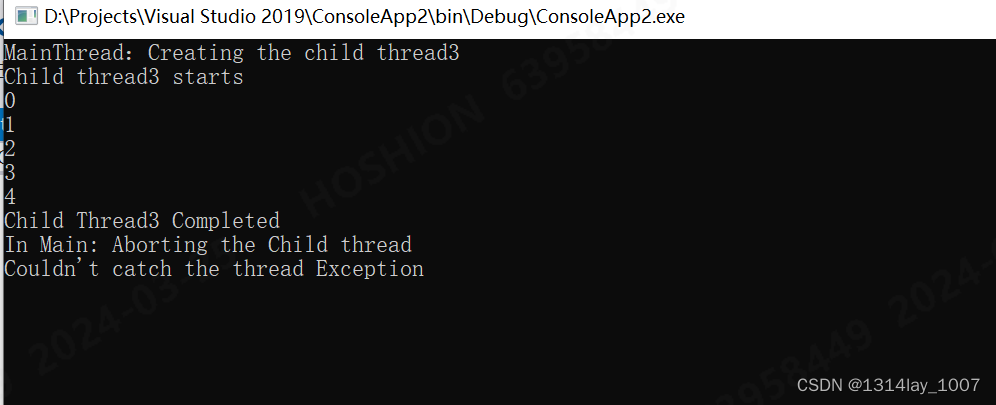
ThreadPool和Task
using System;
using System.Collections;
using System.Collections.Generic;
using System.Diagnostics;
using System.IO;
using System.Linq;
using System.Text;
using System.Threading;
using System.Threading.Tasks;
namespace ConsoleApp2
{
class Test
{
public static Thread t = null;
public static void ChildThread1()
{
int i = 5;
while (i > 0)
{
Console.WriteLine(string.Format("线程【1】的i:{0} ", i));
Thread.Sleep(10);
i--;
}
Console.WriteLine("线程【1】结束");
//Console.WriteLine("Child thread1 is starts");
}
//注意:ParameterizedThreadStart委托的参数类型必须是object的
public static void ChildThread2(object obj)
{
int i = 5;
while (i > 0)
{
Console.WriteLine(string.Format("线程【2】的i:{0} ", i));
Thread.Sleep(10);
i--;
}
Console.WriteLine("线程【2】结束");
}
public static void ChildThread3()
{
int i = 5;
while (i > 0)
{
Console.WriteLine(string.Format("线程【3】的i:{0} ", i));
Thread.Sleep(10);
i--;
}
Console.WriteLine("线程【3】结束");
}
public static void Main(string[] args)
{
t = new Thread(new ThreadStart(ChildThread1));
t.Start();
//用线程池
ThreadPool.QueueUserWorkItem(ChildThread2, new object());
//用Task方法创建
System.Threading.Tasks.Task.Factory.StartNew(ChildThread3);
Console.ReadLine();
}
}
}
运行结果
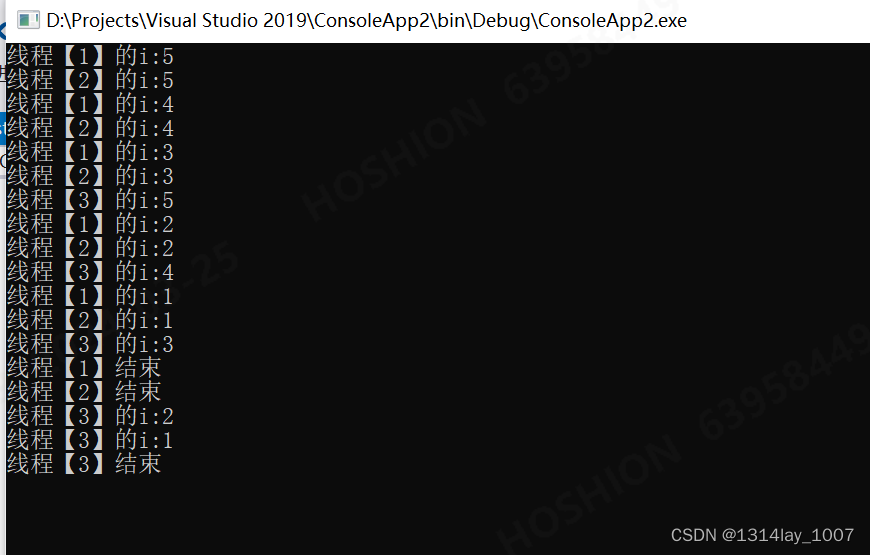
线程都是独立的,

